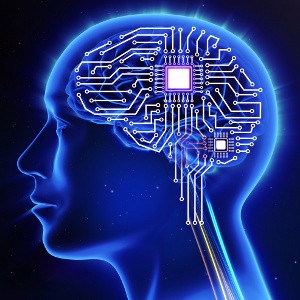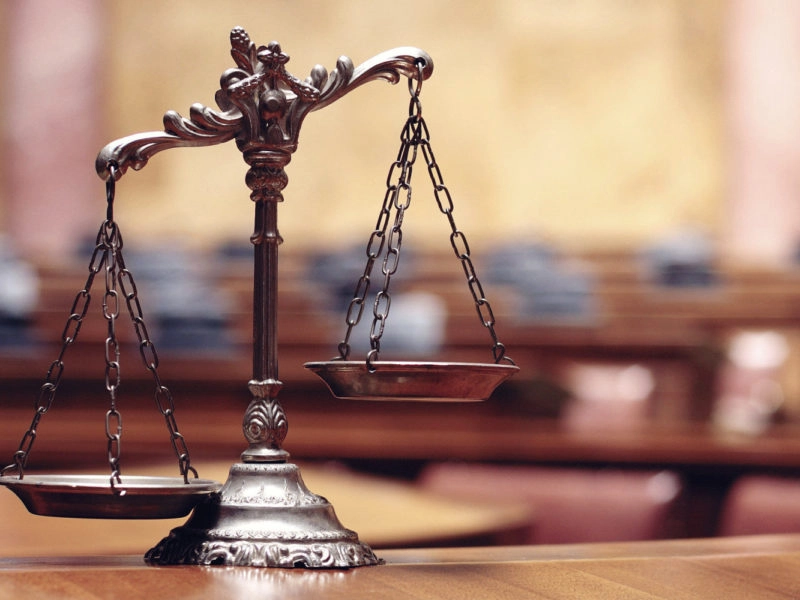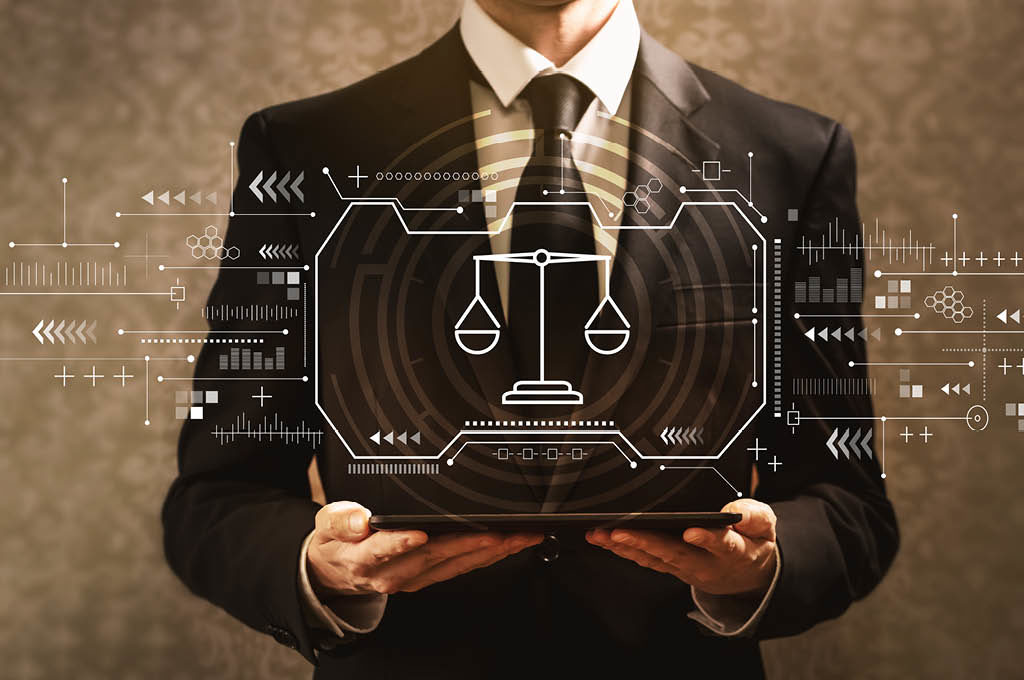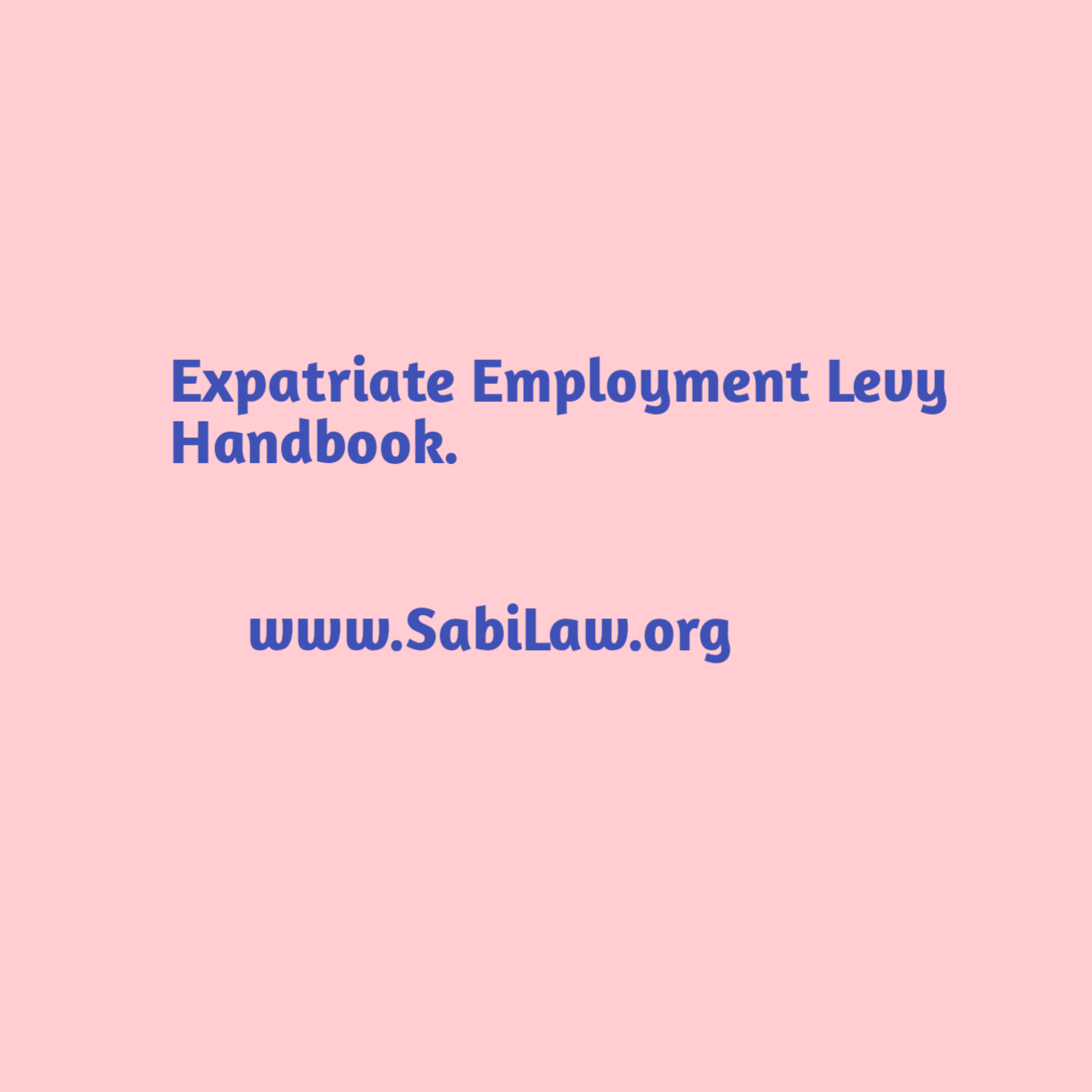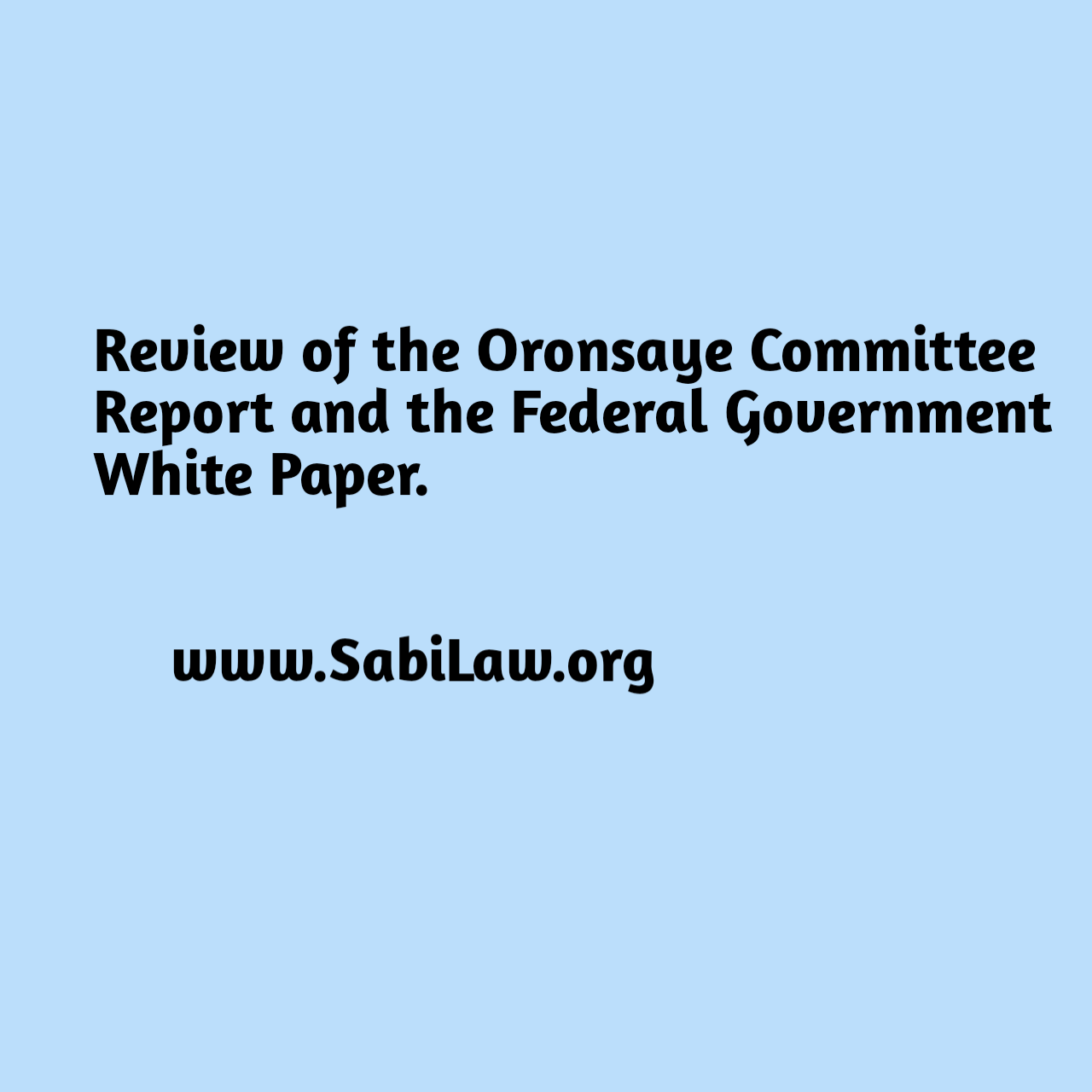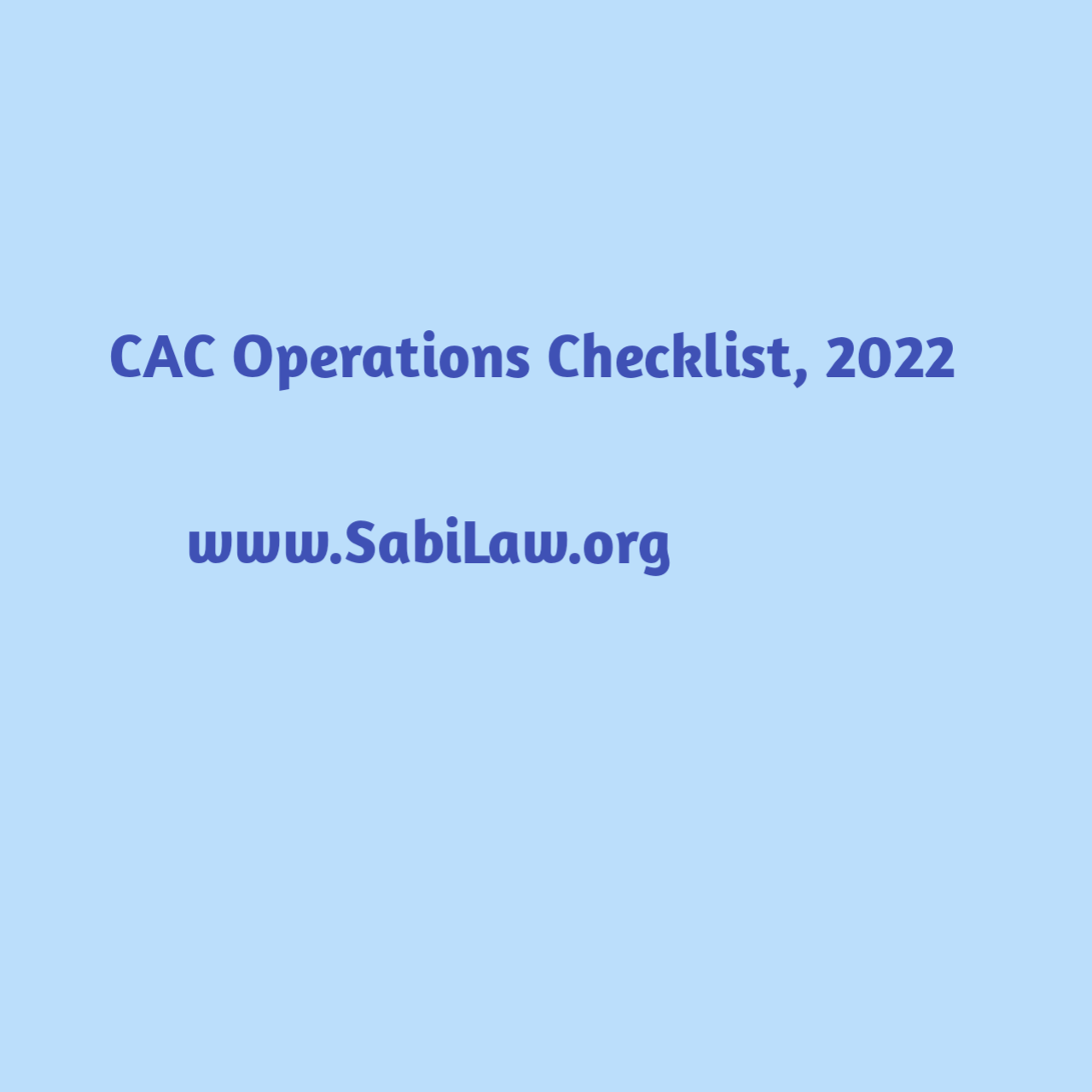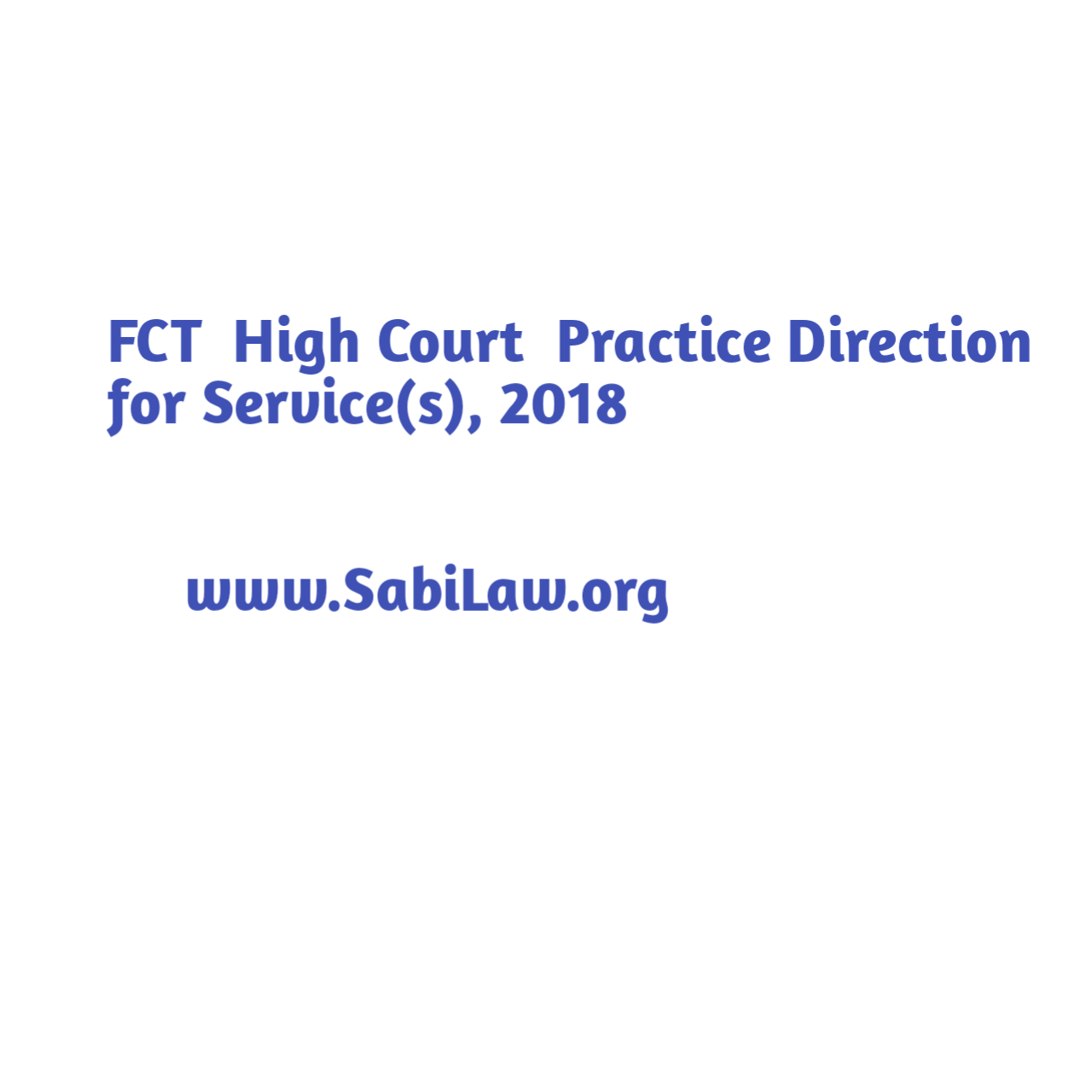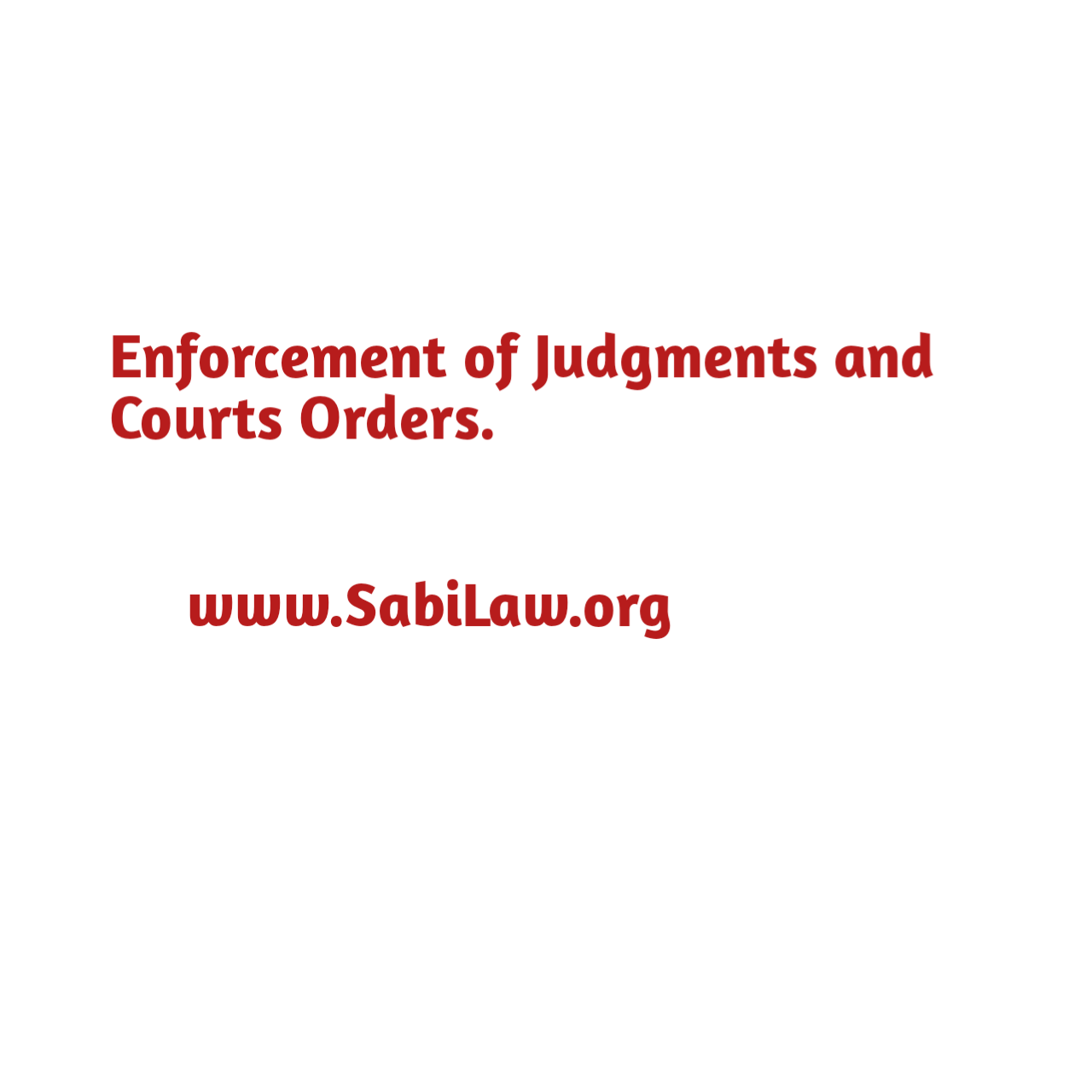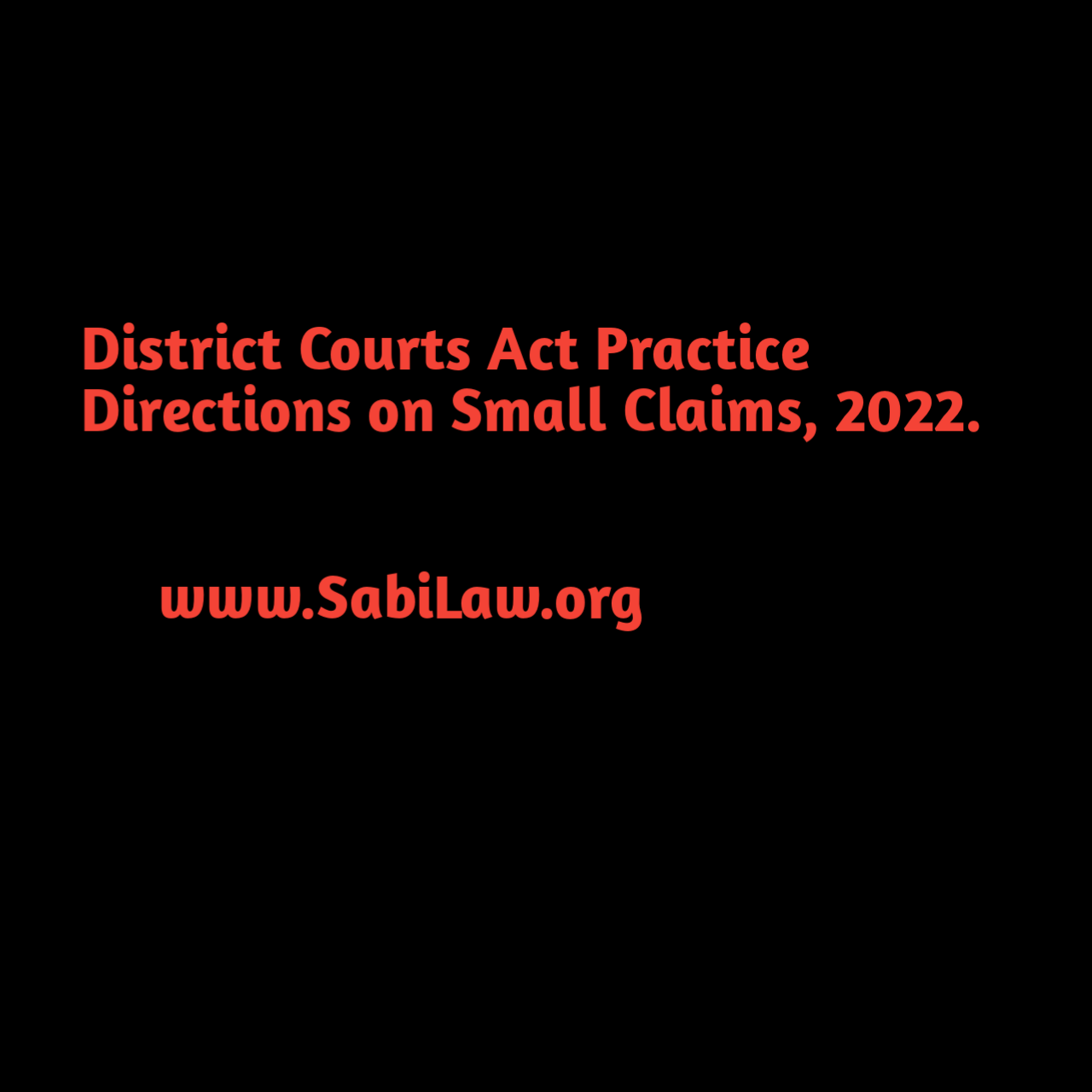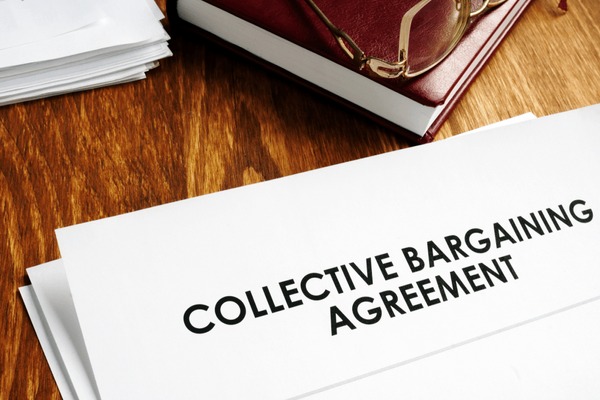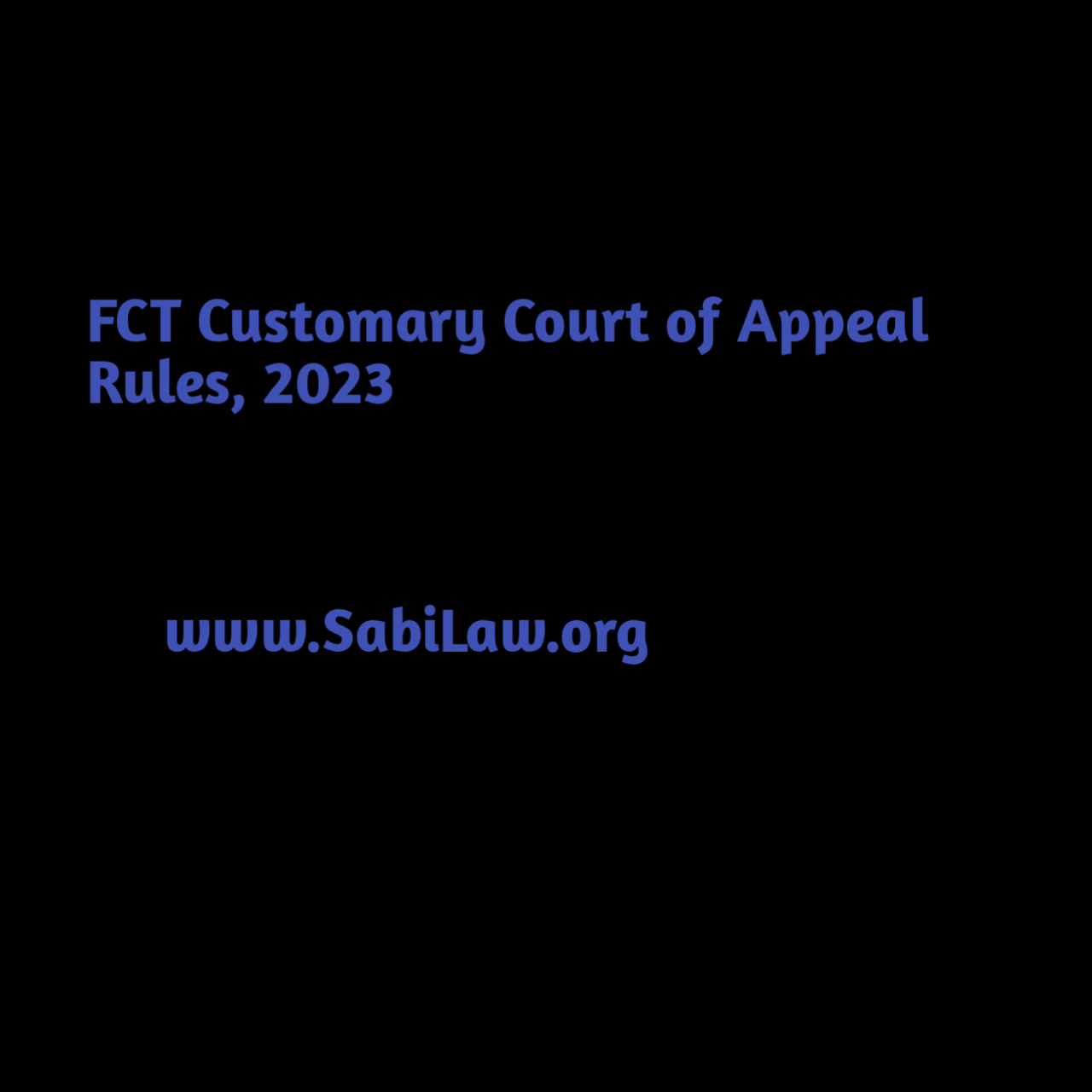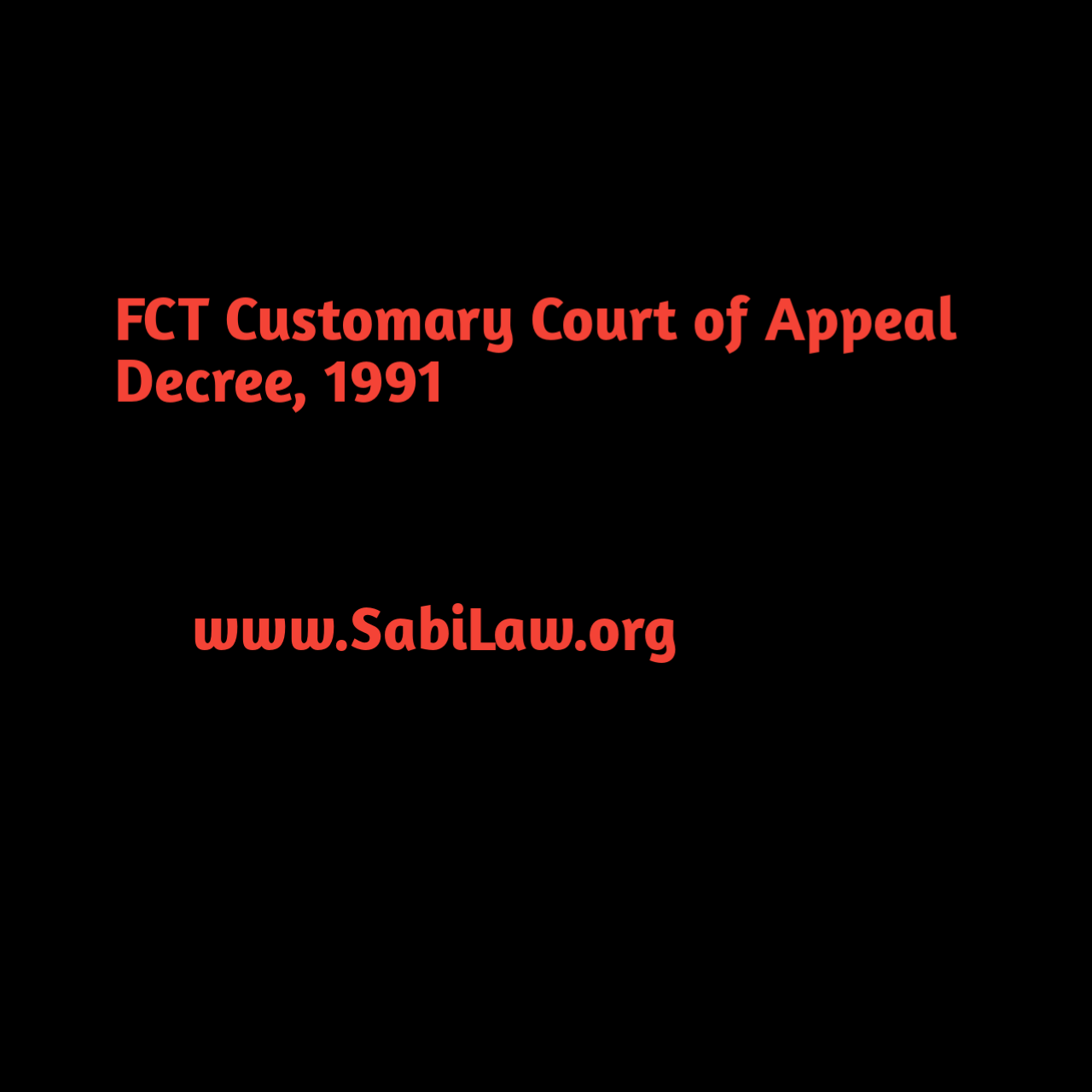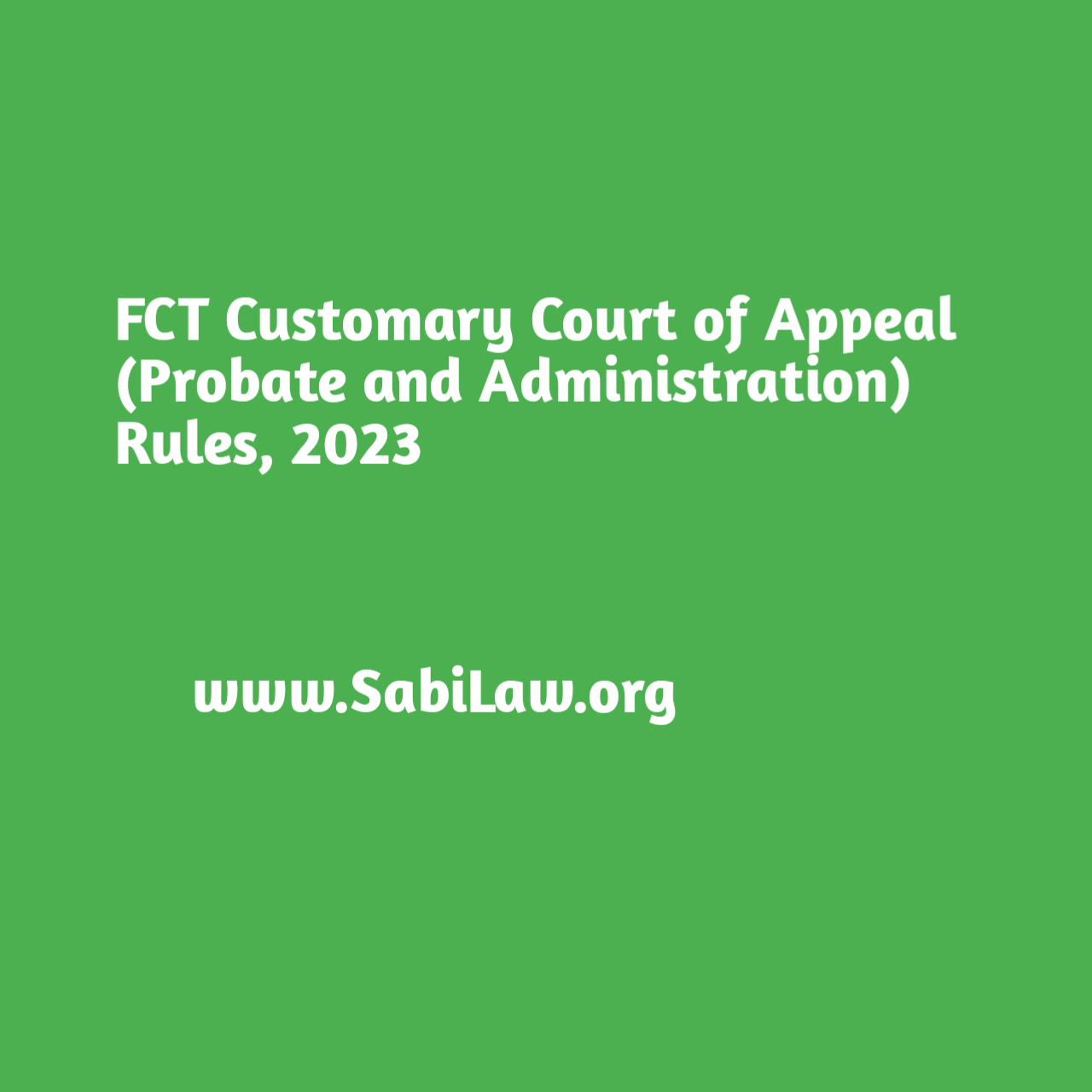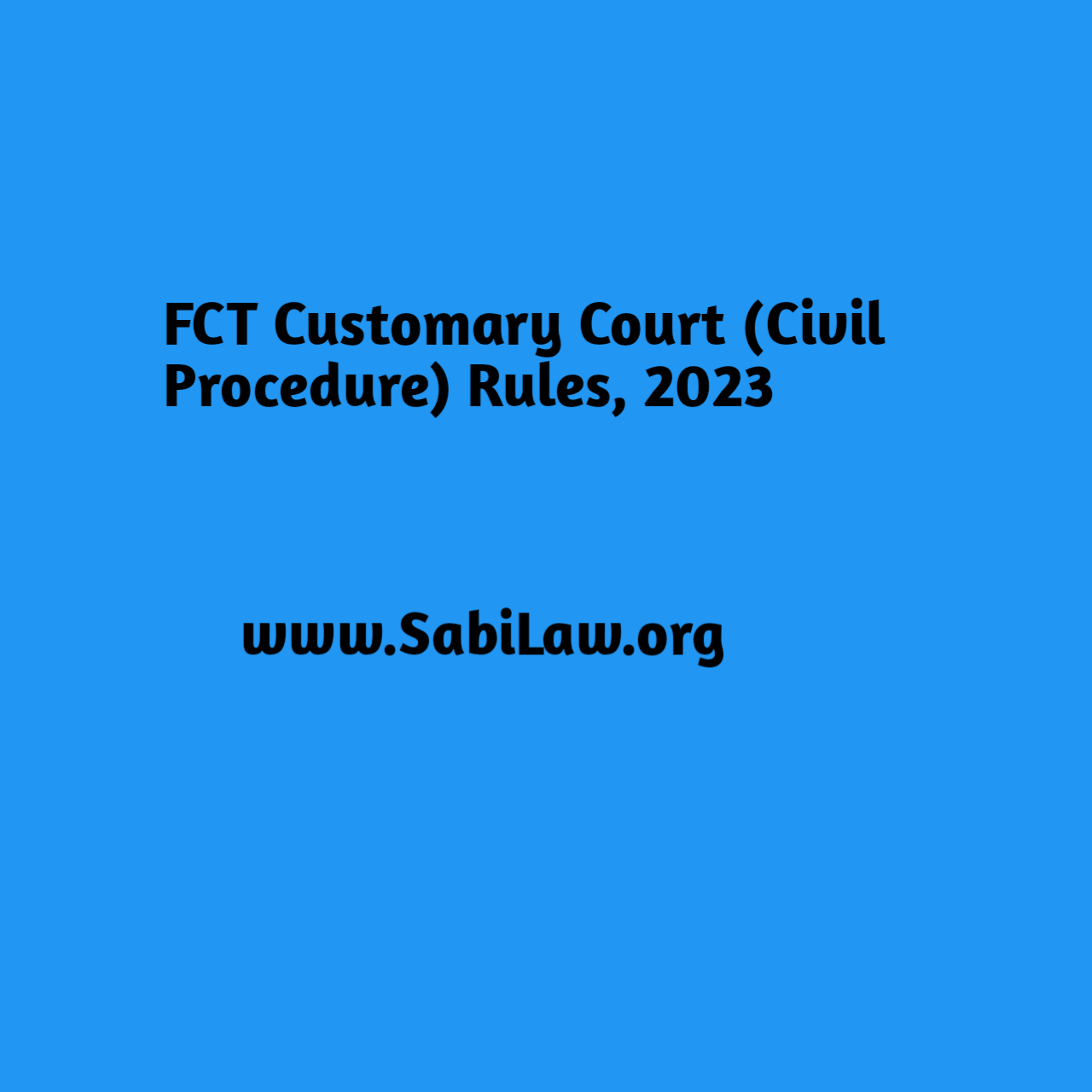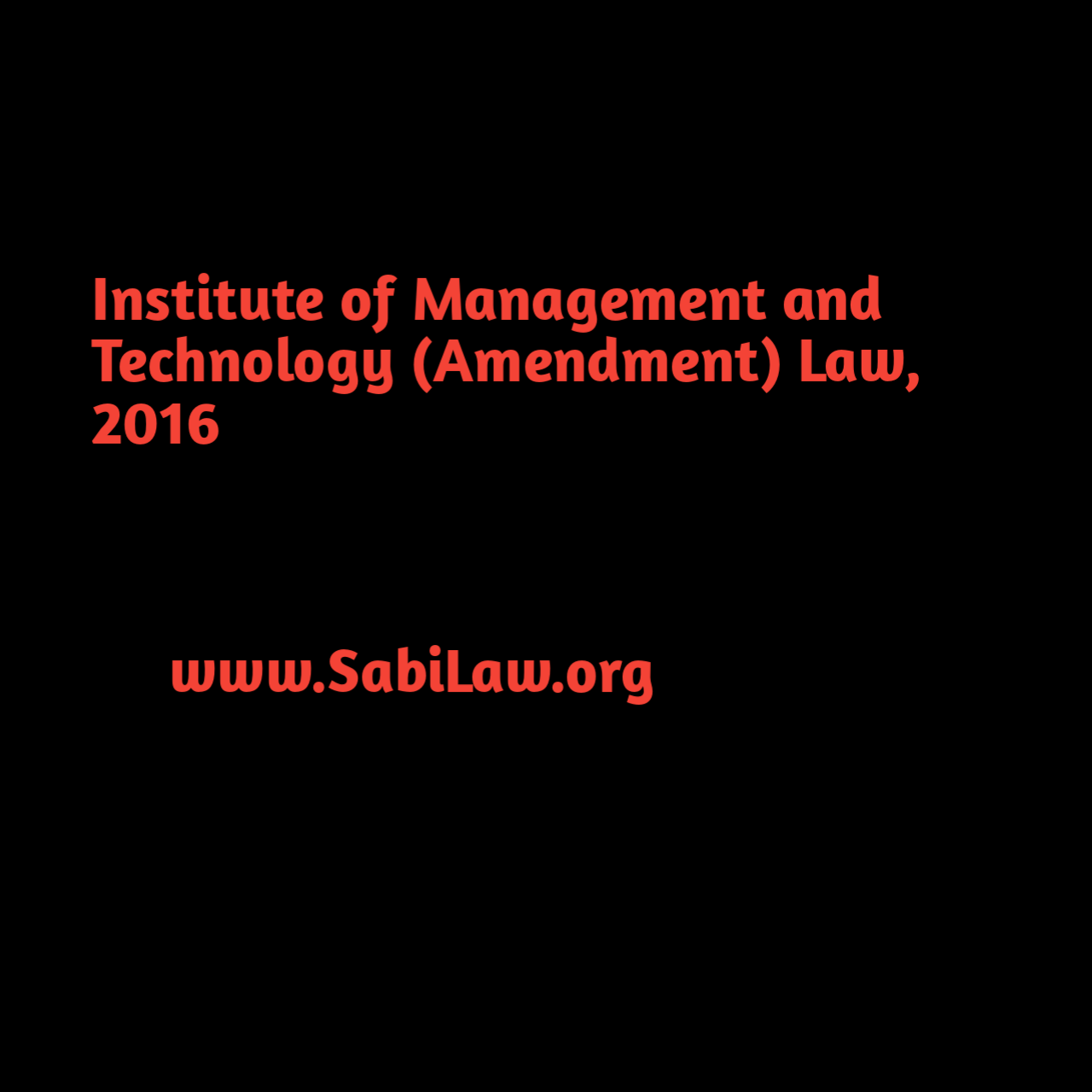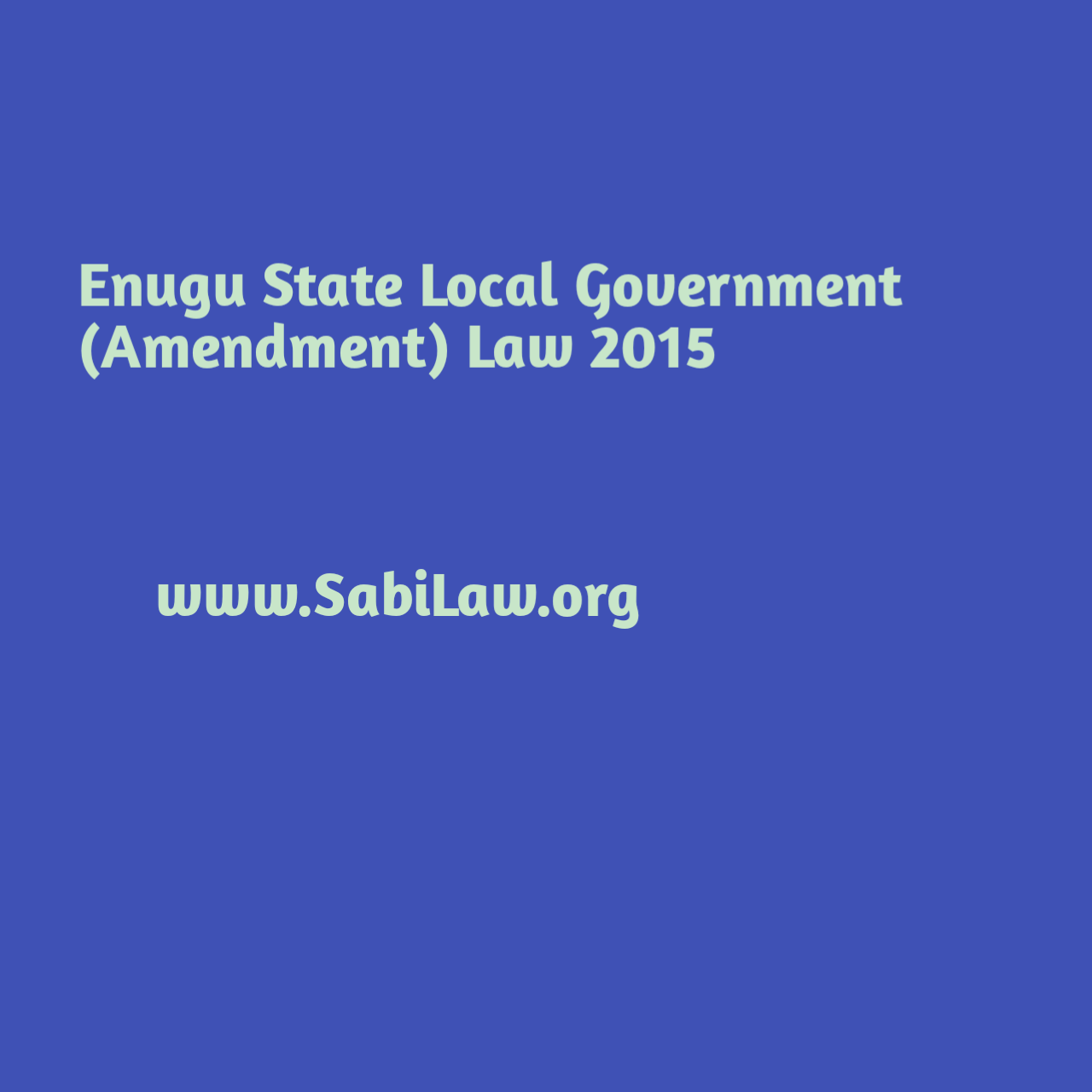Artificial Intelligence Vis-à-vis Its Prospects And Challenges:Legal Rights And Liabilities
By Ogham Stanley Chukwubueze
& Muhibudeen Qosim Atanda
1.0 Introduction
It is very obvious today that the most successful enterprise have embraced Artificial Intelligence (AI) to improve their operations gain experience on their competitors. It will be a huge development if our legal system adopts it to fast track the court process. Some advance countries have adopted the use of AI in their restaurant, mode of transportation, for example when a robot is driving a Taxi. AI is a tool to enhance development in a domain. Experts regard artificial intelligence as a factor of production, which has the potential to introduce new sources of growth and change the way work is done across industries. For instance, it is predicted that AI could potentially contribute $15.7 trillion to the global economy by 2035. China and the United States are primed to benefit the most from the coming AI boom, accounting for nearly 70% of the global impact. However, it could not also escape from some notable challenges which this article seeks to address in subsequent paragraphs.
- Understanding Artificial Intelligence and Its Emergence
Artificial Intelligence is a method of making a computer, a computer-controlled robot, or a software think intelligently like the human mind. AI is accomplished by studying the patterns of the human brain and by analyzing the cognitive process. Artificial intelligence (AI) is “human intelligence or behavior demonstrated by machines”. In practice, an AI is a computer program (software). There is no precise definition of AI, and the meaning has evolved, but several technologies are generally understood to be included: pattern recognition, image recognition, voice recognition, and understanding of natural language.
The AI systems work by merging large with intelligent, iterative processing algorithms. This combination allows AI to learn from patterns and features in the analyzed data. Each time an Artificial Intelligence system performs a round of data processing, it tests and measures its performance and uses the results to develop additional expertise.
The idea of bringing life into inanimate objects as intelligent being has been around for a long time. The ancient Greeks had myths about robots, and Chinese and Egyptian engineers built automatons. The beginnings of modern AI can be traced to classical philosophers’ attempts to describe human thinking as a symbolic system. But the field of AI wasn’t formally founded until 1956, at a conference at Dartmouth College, in Hanover, New Hampshire, where the term “artificial intelligence” was coined. The term “Artificial Intelligence” was coined by John McCarthy, a professor emeritus of computer science at Stanford, he was a giant in the field of computer science and a seminal figure in the field of artificial intelligence, the AI was first coined by him at the Dartmouth conference of 1956. This was a time when the first digital computers were beginning to appear in university laboratories. The participants at this conference were predominantly mathematicians and computer scientists, many of whom were interested in theorem proving and algorithms that could be tested on these machines. There was much optimism at this conference, for they had been given some encouragement from early successes in this field. This led to euphoric predictions about AI that were overhyped. The thinking at the time was that if computers could solve problems that humans find hard, such as mathematical theorem proving, then it should be possible to get computers to solve easy problems for us.
In 1960, the first robot was introduced to the General Motors assembly line. In 1961, the first chatbot was invented, now we have Siri and Alexa, but in 1961 there was a chatbot known as Eliza which was introduced by the time. This is followed by IBM Deep Blue, in 1997 the news broke down that IBM’s Deep Blue beats the world champion Gary Kasparow, in the game of chess. This was the first accomplishment of AI to beat the world champion. In 2005, when the DARPA Grand Challenge was held, a robotic car named Stanley was built by the Stanford Racing Team won the DARPA Grand Challenge. There was another big accomplishment of AI. In 2011, IBM’s question answering system, WATSON, defeated the two greatest Jeopardy champions, Brad Rutter and Ken Jennings.
This was how AI evolved, it started off hypothetical situation right now it is an important technology in today’s world. If you look around us everything run through AI, Deep Learning and Machine Learning. Since the emergence of AI in 1950, we have actually seen exponential growth in its potential. So AI covers domains such as Machine Learning, Deep Learning, Neural networks, Natural Language processing expert systems and so on. It had also made its way into computer vision and image processing. Now the question here is, for over half a century why it has suddenly gained so much importance, why are we interested in knowing about AI now? The main reason for the demand for AI is that we have more computer power now and AI requires a lot of computing power.
In furtherance to the emergence of AI, Google is actioned by AI and it’s one of the most popular platform for research. So predictive searches are based on data that Google collects about you such as your browser history, your location, your age, personal details. AI has emerged in the health sector, most advanced health centers have embraced the use of AI, for example, test result machine, eyes scans machine, x-ray machine etc.
In social media settings, everything is controlled by AI, for example, face verification, password, finger print, zoom meeting, google drive, face book, Instagram etc. AI is also use in the security department to detect and record confidential information, images and tracker. Gmail also uses AI. If you check your inbox, you will notice a place which is a separate section that is called spam mails. AI is taking over since it’s emergence. Maybe, in the next five decades all the activities of human beings will be actioned by AI.
- Prospects of Artificial Intelligence
Artificial intelligence is shaping the future of humanity across nearly every industry. It is already the main driver of emerging technologies like big data, robotics and it will continue to act as a technological innovator for the foreseeable future. AI is really shaping the World and in the nearest future, the operation of human activities will be taken over by AI. Here are just a few ways AI will influence our lives.
- Transportation: Although it could take some time to perfect them, autonomous cars will one day ferry us from place to place.
- Manufacturing: AI powered robots work alongside humans to perform a limited range of tasks like assembly and stacking, and predictive analysis sensors keep equipment running smoothly.
- Healthcare: In the comparatively AI-nascent field of healthcare, diseases are more quickly and accurately diagnosed, drug discovery is sped up and streamlined, virtual nursing assistants monitor patients and big data analysis helps to create a more personalized patient experience.
- Education: Textbooks are digitized with the help of AI, early-stage virtual tutors assist human instructors and facial analysis gauges the emotions of students to help determine who’s struggling or bored and better tailor the experience to their individual needs.
- Media: Journalism is harnessing AI, too, and will continue to benefit from it. Bloomberg uses Cyborg technology to help make quick sense of complex financial reports. The Associated Press employs the natural language abilities of Automated Insights to produce 3,700 earning reports stories per year — nearly four times more than in the recent past.
- Customer Service: Last but hardly least, Google is working on an AI assistant that can place human-like calls to make appointments at, say, your neighborhood hair salon. In addition to words, the system understands context and nuance.
4.0 The Challenges of Artificial Intelligence
While the emergence of AI has brought some innovations and positive technological upheavals, inter alia, at the same time, it also has some consequential challenges. These challenges pose serious threats. Hence, the discourse herein. Below are highlights of some of these challenges, to wit:
- The AI’s ability to accomplish tasks is restricted; it isn’t capable of handling all complex business logics. In other words, AI has its own limitations because it cannot perform all tasks, just like any other technology.
- The fact that AI is a costly technology and not every manager or business owner can afford to invest in it presents another difficulty.
- Equally, AI has serious ethical implication which hinges on privacy breaches, with bias, and with AI decision-making that could not be challenged.
- There is also a critical challenge of security threat as AI system may be hacked by malicious users .
- Work overtake by AI is also a challenge. AI systems are replacing humans in various profession such as the banking and financial service sectors. This, in effect, destabilises the traditional workforce with a potential to displace the jobs of professionals.
- There is also a challenge of liability which is an immediate challenge to the legal system in cases of accidents. It thus pose a challenge of, who is responsible in case of an accident caused by an AI-powered machine? This shall be further discussed in the next section herein.
5.0 Artificial Intelligence: The Issue of Legal Rights and Liabilities
To start with, there have been a number of quiet discussions about whether AI should be granted legal rights and held liable for any flaw. One view is that AI should not be given legal rights and liabilities. According to this point of view, granting AI legal rights and duties would be harmful and counterproductive. A unified or standardised policy and law on how to handle autonomous AI is also realistic, according to this viewpoint, without necessarily imposing strict obligations on the AI’s manufacturer, user, or the AI system itself. This view equally posits that if AI is to have legal personality, problems of unexplainability and unforeseeability would remain; it would not be straightforward to establish that AI should have been able to avoid the mistakes it made, nor to understand its “thought process” and the specific steps that led it to take a particular decision.
Conversely, there is also a contending view advocating for the attribution of legal rights and liabilities to AI. Inter alia, this view advances that, “like every other thing created by humans, AI comes with its own imperfections—from a design, programming, or manufacturing defect, or improper use, or inadequate warning label, all of which could cause damage to third parties, raising serious questions about who should bear liabilities arising from such damage”. In addendum, it is argued that the implementation and usage of AI technology can result in harm to people and property, such as driverless automobiles running over pedestrians, drones colliding and causing damage, or AI software programmes incorrectly diagnosing medical conditions. There have also been numerous discussions about who should be held accountable for any harm caused by AI. Thus, to this end, this segment seeks to address the issue of legal rights and liabilities of AI. However, before delving into the discourse proper, below is a summary of what legal rights and liabilities mean.
Legal rights are constitutional rights other than natural rights that accrue to natural and non-natural persons. However, before legal rights can be granted to an entity, such an entity must be legally recognised as an artificial person. Attempting to secure legal personhood is often seen as a potential pathway to obtain certain rights and protections for AI. On the other hand, liability is the state of being legally responsible for something. Borrowing from the words of Barfield, liability is about “establishing who is to blame with system failures—or, more accurately, who society can extract legal redress from—when something goes wrong”.
On the issue of attributing legal rights to an AI system, the implication would be that a legally clothed AI system would be held liable personally for its action. Consequently, there are presently various divided schools of thought on the issue of liability. And the division of opinion stems from the inability to reach an international agreement on the nature of AI. There is no unified conclusion as to whether AI is an entity or product that has no legal personality and cannot be personally responsible for its actions nor as a person or e-person that has legal personality and can be personally liable for its actions. This piece, however, will assume that AI is a legally clothed artificial person and, as such, should be held accountable for its actions for the fuller reasons below.
It is a fundamental principle of law that “ubi jus ibi remedium” (meaning, where there is a wrong, there is a remedy). Furthermore, the courts have repeatedly stated that where no remedy is provided by common law or statute, the courts are urged to create one, as the court cannot be deterred by the novelty of an action. To this end, with the absence of specific AI legislation, the current legal rights and liabilities associated with AI are still the same as those attributed to other products or manufactured goods. The legal rights and liabilities are the ones assigned to the creator, seller, or user of the product. AI liability is thus situated within the concept of product liability and vicarious liability.
- Product Liability
Product liability has been defined as “a manufacturer’s or seller’s tort liability for any damages or injuries suffered by a buyer, user, or bystander as a result of a defective product.” Identifying whether the claimant meets the requirements to be considered a consumer of the product is the first bar to pass in product liability claims. And with reference to various courts decisions, a consumer is being defined to include a user of the product or purchaser of the service. However, the limitation with product liability claim of this nature is that it only provides compensation in damages against the manufacturer while availing the user/owner of the AI.
- Vicarious Liability
Vicarious liability means that a supervisory party bears for the actionable conduct of a subordinate or associate because of the relationship between the two parties. This concept thus implies that if AI system should be treated as agents of their owners or manufacturers, depending on the circumstance. This being that, AI is designed to accomplish goals and tasks specified by a human being. A good example is where a robot is designed to perform roles in a company that would ordinarily be performed by a human being and damage occurs thereafter. In this scenario, vicariously, it is the company, by the virtue of it being the employer of the robot, that would be held liable.
Notwithstanding, there also arises the issue of who specifically should be held liable. This predicates the fact that there are many parties involved in an AI system. They include the manufacturer, the user, and the AI system itself. By implication, anyone who has suffered loss or injury as a result of AI has several options for asserting claims for compensation. Such a person could claim compensation against the manufacturer/developer, user/owner, or the AI itself under general torts law. However, it must be emphatically reiterated that establishing the person on whose shoulders the liability lies is so difficult to establish when something goes wrong because there are many factors to be taken into consideration. This is due, among other things, to the lack of specific legislation governing AI’s legal personality and liabilities in both the international and national spheres. Although some countries, like the European countries, currently have an existing AI regulatory framework in the form of an enactment which specifically provides for the legal personality of an AI system and its liabilities.
6.0 Conclusions & Recommendations
From the foregoing, the emergence of AI, which has pervaded everyday life in the modern world, is nothing but a significant improvement and technological advancement. While this work has addressed the emergence of AI and its prospects and challenges, it equally extends its scope to the issue of legal rights and liabilities of AI systems. Sequel to the findings of this work, the author suggests that the world community should come up with a unified understanding and agreement in relation to the definition, the legal personality, and the legal rights and liabilities of the AI system. We equally suggest that various states should not hesitate to bring into force, necessary legal framework for the regulation of AI with the view to addressing the lingering question about AI liabilities. Ditto to the other challenges earlier identified, governments must think in advance when considering the challenges that the emergence of AI systems may pose to the populace.
ABOUT THE AUTHORS:
Ogham Stanley Chukwubueze, is a value driven young passionate law enthusiast, he is currently pursuing a decree in law in the University of Abuja, he is in his penultimate year of study. He is a writer, and a published poet. He is a student journalist, student member of the Chartered Institute of Arbitrators. He have interest in Tech law, Alternative Dispute Resolution (ADR) and International Humanitarian Law (IHL). He can be reached via: stanleybueze002@gmail.com /+2348060412701.
Muhibudeen Qosim Atanda, is currently a year-two law student at Faculty of Law, Bayero University Kano. He has penchant for diverse areas of Law including ADR, Litigation, International Humanitarian Law (IHL) etc. He is equally a prolific Writer, Proofreader and Freelancer. He can be reached via: muhibqosim@gmail.com /+2349037074761 or https://alqosim.sgm.ng.
Feel free to reach the author, ask questions or make inquiries on this topic or any other legal issues via onyekachi.umah@gmail.com or +2348037665878.
****************************************************************************************
This work is published under the free legal awareness project of Sabi Law Foundation (www.SabiLaw.org) funded by the law firm of Bezaleel Chambers International (www.BezaleelChambers.com). The writer was not paid or charged any publishing fee. You too can support the legal awareness projects and programs of Sabi Law Foundation by donating to us. Donate here and get our unique appreciation certificate or memento.
DISCLAIMER:
This publication is not a piece of legal advice. The opinion expressed in this publication is that of the author(s) and not necessarily the opinion of our organisation, staff and partners.
PROJECTS:
🛒 Take short courses, get samples/precedents and learn your rights at www.SabiLaw.org
🎯 Publish your legal articles for FREE by sending to: eve@sabilaw.org
🎁 Receive our free Daily Law Tips & other publications via our website and social media accounts or join our free whatsapp group: Daily Law Tips Group 6
KEEP IN TOUCH:
Get updates on all the free legal awareness projects of Sabi Law (#SabiLaw) and its partners, via:
YouTube: SabiLaw
Twitter: @Sabi_Law
Facebook page: SabiLaw
Instagram: @SabiLaw.org_
WhatsApp Group: Free Daily Law Tips Group 6
Telegram Group: Free Daily Law Tips Group
Facebook group: SabiLaw
Email: lisa@sabilaw.org
Website: www.SabiLaw.org
ABOUT US & OUR PARTNERS:
This publication is the initiative of the Sabi Law Foundation (www.SabiLaw.org) funded by the law firm of Bezaleel Chambers International (www.BezaleelChambers.com). Sabi Law Foundation is a Not-For-Profit and Non-Governmental Legal Awareness Organization based in Nigeria. It is the first of its kind and has been promoting free legal awareness since 2010.
DONATION & SPONSORSHIP:
As a registered not-for-profit and non-governmental organisation, Sabi Law Foundation relies on donations and sponsorships to promote free legal awareness across Nigeria and the world. With a vast followership across the globe, your donations will assist us to increase legal awareness, improve access to justice, reduce common legal disputes and crimes in Nigeria. Make your donations to us here or contact us for sponsorship and partnership, via: lisa@SabiLaw.org or +234 903 913 1200.
**********************************************************************************


